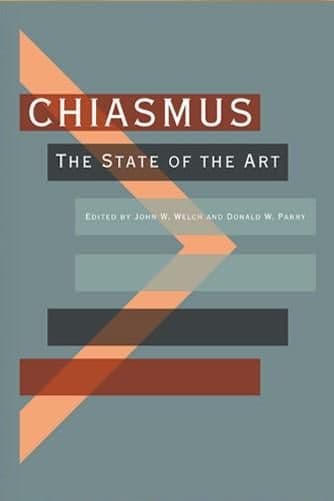Book
17 Chapters

Abstract
Wayne Brouwer, “The Chiastic Structure of the Farewell Discourse in the Fourth Gospel,” examines the parallel and repetitive elements of John 13–17, which form a macro-chiasm. The chiasm’s pivotal point is Jesus’s Discourse of the Vine and the Branches, with the repeated expression abide in me. Recognition of this pivotal point provides a better comprehension of the remaining parts of the macro-chiasm. For example, the mirrored elements “foot washing scene” (13:1–35) and Jesus’s Intercessory Prayer (17:1–26), are both to be “understood as parallel explications of the central theme: ‘Abide in me!’” Brouwer’s presentation comprises a new understanding of the Farewell Discourse which strives to solve several certain scholarly challenges.
Book
17 Chapters
Items in the BMC Archive are made publicly available for non-commercial, private use. Inclusion within the BMC Archive does not imply endorsement. Items do not represent the official views of The Church of Jesus Christ of Latter-day Saints or of Book of Mormon Central.